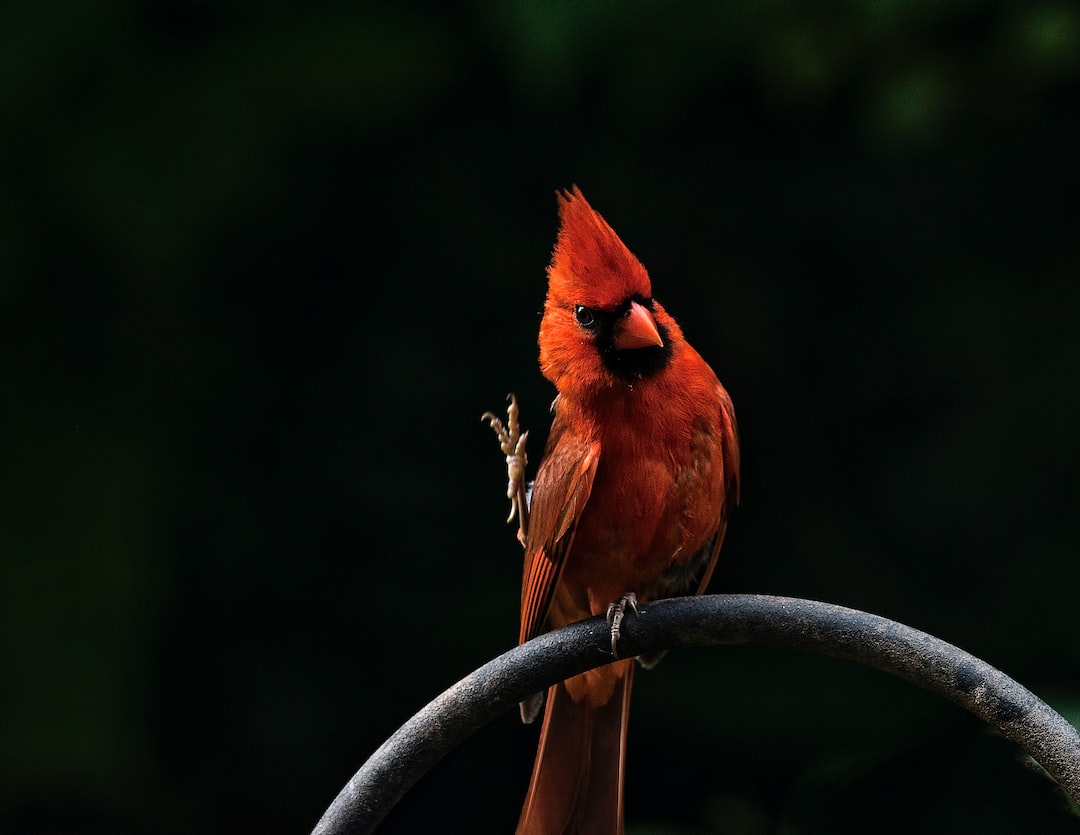Unlock the Secrets to Growing Stunning Bird of Paradise Plants: A Step-by-Step Guide

Bird of paradise plants, also known as Strelitzia, are tropical plants that are native to South Africa. They were first discovered by European explorers in the late 18th century and were named after Queen Charlotte of Mecklenburg-Strelitz, the wife of King George III of England. These plants are known for their vibrant and exotic flowers, which resemble the plumage of a tropical bird.
There are several different types of bird of paradise plants, each with its own unique characteristics. The most common type is Strelitzia reginae, also known as the orange bird of paradise or crane flower. This plant has bright orange and blue flowers that resemble the head of a bird. Another popular variety is Strelitzia nicolai, also known as the giant white bird of paradise. This plant has large white flowers and can grow up to 30 feet tall.
Key Takeaways
- Bird of Paradise plants require a lot of sunlight and warmth, so choose a location with plenty of direct sunlight and protection from cold drafts.
- Water your Bird of Paradise plant regularly, but be careful not to overwater as this can lead to root rot.
- Fertilize your Bird of Paradise plant every 2-3 months with a balanced fertilizer to promote healthy growth.
- Prune your Bird of Paradise plant regularly to remove dead or damaged leaves and promote new growth.
- Watch out for common pests and diseases such as spider mites and fungal infections, and treat promptly if necessary.
Choosing the Right Location for Your Bird of Paradise Plant
When choosing a location for your bird of paradise plant, it is important to consider the ideal growing conditions for these tropical plants. Bird of paradise plants thrive in full sun, so it is best to choose a location that receives at least six hours of direct sunlight each day. They also prefer well-draining soil, so make sure to choose a location with good drainage.
In addition to sunlight and soil conditions, there are other factors to consider when choosing a location for your bird of paradise plant. These plants can grow quite large, so make sure to choose a location with enough space for them to spread out. They also prefer warm temperatures, so avoid placing them in areas that get too cold or drafty.
Understanding the Watering Needs of Your Bird of Paradise Plant
Proper watering is essential for the health and growth of your bird of paradise plant. These plants prefer moist soil, but they do not like to be overwatered. It is best to water your bird of paradise plant when the top inch of soil feels dry to the touch. This will prevent the roots from becoming waterlogged and rotting.
When watering your bird of paradise plant, it is important to water deeply and thoroughly. This will encourage the roots to grow deeper into the soil, which will make the plant more resilient and drought-tolerant. Avoid watering the leaves of the plant, as this can lead to fungal diseases.
Fertilizing Your Bird of Paradise Plant for Optimal Growth
| Fertilizer Type | Nutrient Composition | Application Frequency |
|---|---|---|
| Slow-release granular fertilizer | 15-5-10 | Every 3 months |
| Water-soluble fertilizer | 20-20-20 | Every 2 weeks |
| Organic fertilizer | 5-3-4 | Every 6 months |
Fertilizing your bird of paradise plant is important for promoting optimal growth and flowering. These plants are heavy feeders and require regular fertilization during the growing season. It is best to use a balanced fertilizer with equal amounts of nitrogen, phosphorus, and potassium.
You can fertilize your bird of paradise plant every two to four weeks during the growing season, which is typically spring and summer. Be sure to follow the instructions on the fertilizer package for proper application rates. It is also a good idea to water your plant before applying fertilizer, as this will help prevent root burn.
Pruning and Maintenance Tips for Your Bird of Paradise Plant
Pruning your bird of paradise plant is important for maintaining its health and promoting optimal growth. It is best to prune your plant in late winter or early spring, before new growth begins. Start by removing any dead or damaged leaves or flowers. Then, trim back any overgrown or crowded stems to maintain a neat and tidy appearance.
In addition to pruning, there are other maintenance tasks that you should perform regularly to keep your bird of paradise plant healthy. This includes removing any weeds or debris from around the base of the plant, as well as regularly checking for pests or diseases.
Common Pests and Diseases to Watch Out for in Bird of Paradise Plants

Bird of paradise plants are generally resistant to pests and diseases, but there are a few common issues that you should watch out for. One of the most common pests that affect these plants is the aphid. Aphids are small, soft-bodied insects that feed on the sap of plants. They can be controlled by spraying the plant with a mixture of water and dish soap.
Another common pest that affects bird of paradise plants is the mealybug. Mealybugs are small, white insects that feed on the sap of plants. They can be controlled by wiping them off with a cotton swab dipped in rubbing alcohol.
Propagating Bird of Paradise Plants: A Comprehensive Guide
Propagating bird of paradise plants can be done through division or by growing them from seeds. Division is the most common method and is best done in spring or early summer when the plant is actively growing. To divide your bird of paradise plant, carefully dig up the entire plant and separate the clumps into smaller sections. Make sure each section has a healthy root system and at least one shoot.
To grow bird of paradise plants from seeds, start by soaking the seeds in warm water for 24 hours to soften the hard outer shell. Then, plant the seeds in a well-draining potting mix and cover them with a thin layer of soil. Keep the soil moist and place the pot in a warm location with bright, indirect sunlight. The seeds should germinate within two to three weeks.
Tips for Growing Bird of Paradise Plants Indoors
Bird of paradise plants can also be grown indoors, although they require specific conditions to thrive. When growing these plants indoors, it is important to choose a location that receives bright, indirect sunlight for at least six hours a day. You can also supplement with artificial grow lights if needed.
In addition to light, bird of paradise plants require high humidity to thrive indoors. You can increase humidity by placing a tray filled with water near the plant or by using a humidifier. It is also important to water your plant regularly and to mist the leaves with water to mimic the humid conditions of their native habitat.
Creative Ways to Use Bird of Paradise Plants in Your Landscape Design
Bird of paradise plants can add a tropical and exotic touch to any landscape design. They can be used as focal points in a garden bed or as border plants along a walkway or driveway. They also look stunning when planted in large containers on a patio or deck.
To create a visually appealing garden with bird of paradise plants, consider planting them alongside other tropical plants, such as palm trees or hibiscus. You can also use them to create a lush and tropical backdrop for a pool or water feature.
Frequently Asked Questions about Growing Bird of Paradise Plants
Q: How often should I water my bird of paradise plant?
A: Bird of paradise plants prefer moist soil, but they do not like to be overwatered. It is best to water your plant when the top inch of soil feels dry to the touch.
Q: How tall do bird of paradise plants grow?
A: The height of bird of paradise plants can vary depending on the variety. Strelitzia reginae, the orange bird of paradise, typically grows to be about 3 to 5 feet tall, while Strelitzia nicolai, the giant white bird of paradise, can grow up to 30 feet tall.
Q: How often should I fertilize my bird of paradise plant?
A: Bird of paradise plants are heavy feeders and require regular fertilization during the growing season. It is best to fertilize your plant every two to four weeks with a balanced fertilizer.
Q: Can I grow bird of paradise plants indoors?
A: Yes, bird of paradise plants can be grown indoors. However, they require specific conditions to thrive, including bright, indirect sunlight and high humidity.
Q: How do I propagate bird of paradise plants?
A: Bird of paradise plants can be propagated through division or by growing them from seeds. Division is the most common method and is best done in spring or early summer when the plant is actively growing. Seeds can be soaked in warm water to soften the outer shell and then planted in a well-draining potting mix.



